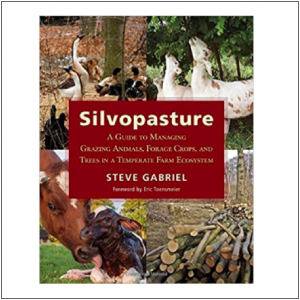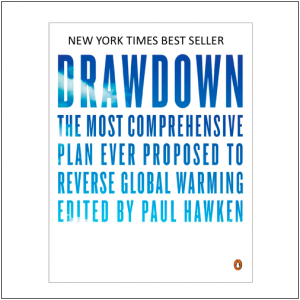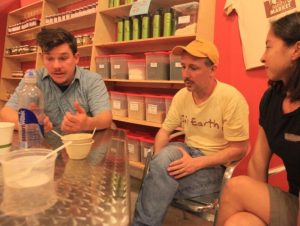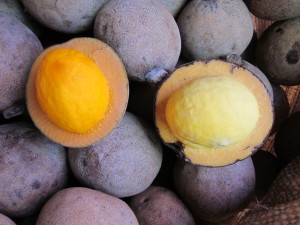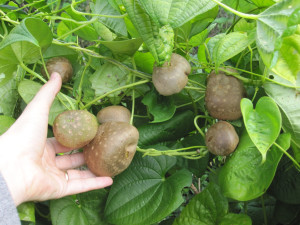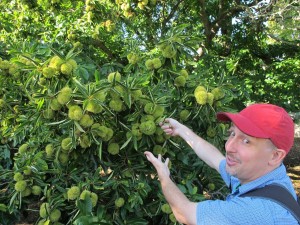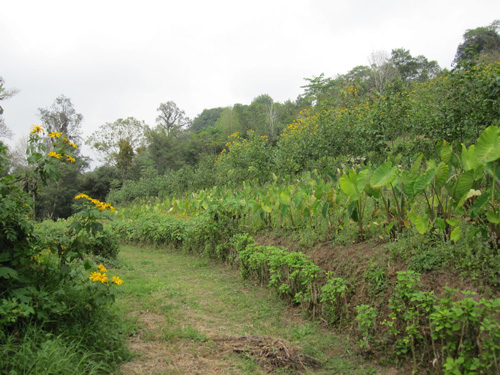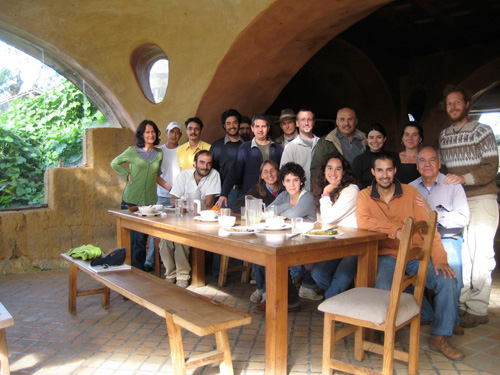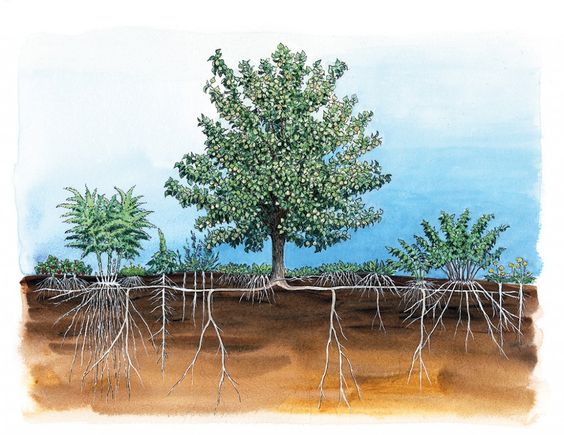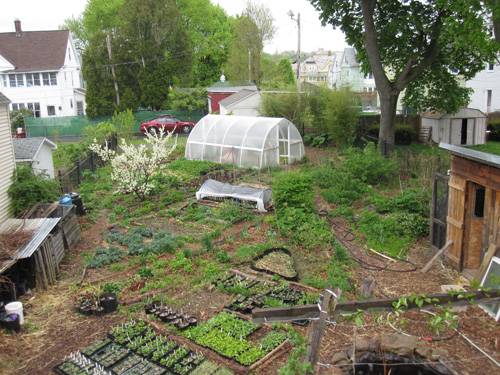Dear friends of carbon farming,
I’m coming into the last few months of completing the manuscript for Carbon Farming: Stabilizing the Climate with Perennial Crops and Regenerative Farming Practices. Part of that is pulling together photographs – my publisher Chelsea Green would like lots of good images to show what these crops and farming systems look like. I have a bunch of good ones already (about 65), and others from Wikimedia (about 45), as well as about 15-20 illustrations in mind.
That leaves some 70 or so photos that I still need to track down. These are mostly photos of systems (agroforestry and other regenerative practices) and perennial crops. I’m particularly looking for photos of close-ups of the useful parts of the plants, images of large-scale plantings, or images of integrated systems like polycultures. The images need to be of fairly high digital quality (12 megapixels or more), and preferably in color.
If I use your image I’ll provide photo credits of course, and $25 credit towards a book or one of my workshops. Please contact me at toensmeier@gmail.com. Thank you.
Here are the images I still need, chapter by chapter.
Chapter 1: Climate Realities
Chapter 2: Agriculture and Carbon
Chapter 3: Agroforestry systems
- Tropical homegardens
Chapter 4: Perennial Crops
Chapter 5: Crunching the Numbers
Chapter 6: A Multifunctional Solution
Chapter 7: Perennial-Annual Systems
- African parkland systems
- Farmer-managed natural regeneration
- Faidherbia evergreen agriculture
- Alley cropping with coppiced legumes and annuals
- Alley cropping (strip intercropping) with tree crops and annuals
- Contour hedgerows
- Sloping Land Agricultural Technology
- Vetiver on contour
- Pasture cropping
Chapter 8: Perennial-Livestock Systems
- Silvopasture
- Dehesa, preferably with livestock below
- Managed, holistic, or rotational grazing
- Intensive silvopasture
- Living barns or green corrals
- Restoration agriculture
Chapter 9: Fully Perennial Systems
- Chinampas or Chinese dyke-pond systems
- Short rotation coppice
Chapter 10: Other systems
- Rainwater-harvesting earthworks on farm (swales etc.)
- Indigenous land management practices
- Keyline
- Organic no-till
- Productive restoration
Chapter 11: Introduction to Species
Chapter 12: Perennial Staple Crops Overview
Chapter 13: Basic Starch Crops
- Breadfruit (Artocarpus altilis)
- Enset (Ensete ventricosum)
- Sago (Metroxylon sagu)
Chapter 14: Balanced Carbohydrates
- Tahitian chestnut (Inocarpus fagifer)
- Yeheb (Cordeauxia edulis)
- Nypa (Distichlis palmeri)
- Peach palm (Bactris gasipaes)
- Mesquite (Prosopis spp.)
Chapter 15: Protein
- Chachafruto (Erythrina edulis)
- Wattleseed acacias (Acacia colei, A. victoriae, A. murrayana etc.)
- Cow trees (Brosimum utile etc.), preferably showing tapping for milk
Chapter 16: Protein-Oil
- Walnut (Juglans regia)
- African breadnut (Treculia africana)
- Brazil nut (Bertholletia excelsa) or sapucaia (Lecythis spp.)
- Mongongo (Schinzophyton rautennii)
- African locust bean (Parkia biglobosa)
- African oil bean (Pentaclethra macrophylla)
- Oyster nut (Telfairia pedata)
Chapter 17: Edible Oils
- Shea (Vitellaria paradoxa)
- Marita, redfruit (Pandanus conoideus)
- Safau (Dacryodes edulis)
- Cacao (Theobroma cacao)
Chapter 18: Sugar
- Sugar cane (Saccharum officinarum)
Chapter 19: Introduction to Industrial Crops
Chapter 20: Biomass
- Timber bamboos (Guadua, Dendrocalamus, Bambusa etc.)
- Bamboo construction
- Coppiced eucalyptus (any species)
- Coppiced poplar (Populus)
- Willows (Salix)
- Rattan (Calamus)
Chapter 21: Industrial Starch
- Osage orange (Maclura pomifera) – looking for heavy yields of fruit
- Tagua (Phytelephas)
Chapter 22: Industrial Oil
Chapter 23: Hydrocarbons
Chapter 24: Fibers
Chapter 25: Other Industrial Crops
- Teri-pod (Caesalpinia digyna)
- Gum Arabic (Acacia Senegal), hopefully showing gum or harvest
- Neem (Azadirachta indica)
- Ginkgo (Ginkgo biloba), hopefully showing coppiced lead production
Chapters 26-28: Implementation
- Climate protests
- Climate negotiations
- Planting or installation of agroforestry, perennial crops etc, at scale or in communities
- Farmer producers associations or cooperatives
Finally
- Anything else demonstrating agroforestry, perennial crops, managed grazing, improved production of annual crops, or other good shots

